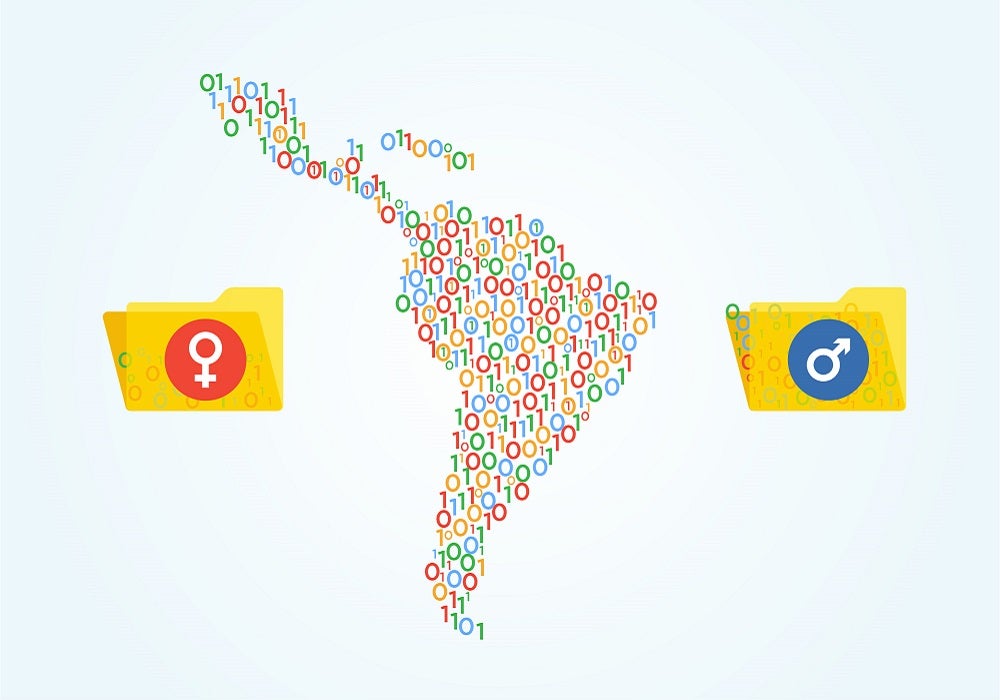Opening doors for women inside and outside of financial institutions is quickly becoming two sides of the same coin. Setting aside budgets and prejudices is the next step for creating leadership and management opportunities for women in Latin America and the Caribbean. … [Read more...] about Financial Institutions: Closing Gender Gaps in the Region
gender equality
Infrastructure, Energy and Gender: The Benefits of Equality
New economic challenges open spaces for inclusion and gender equity. A gender-balanced workforce, especially in the energy and infrastructure sectors, contributes greater productivity and innovation capacity, among other benefits. … [Read more...] about Infrastructure, Energy and Gender: The Benefits of Equality
Why are diversity and inclusion good for business?
On Tuesday May 21st we celebrated the World Day for Cultural Diversity, Dialogue and Development. Let’s pause and think for a moment why everyday more businesses are incorporating and discussing these concepts. … [Read more...] about Why are diversity and inclusion good for business?
International Women’s Day: more than a day for women and men
Going beyond the day itself, International Women’s Day is an opportunity for all to commit to advancing gender equality and create real workplace inclusion. I challenge you to go one step further and make gender equality everyone’s business. … [Read more...] about International Women’s Day: more than a day for women and men
How to achieve women’s financial inclusion: The role of financial intermediaries and strong sex-disaggregated data
In light of the number of initiatives developed in Latin America and the Caribbean to help increase the availability and use of sex-disaggregated demand-side (customer) and supply-side (institution) data across the ecosystem, you may think we’ve moved on from asking financial intermediaries: “How big is the women’s market opportunity in Latin America and the Caribbean?” to “Did … [Read more...] about How to achieve women’s financial inclusion: The role of financial intermediaries and strong sex-disaggregated data






